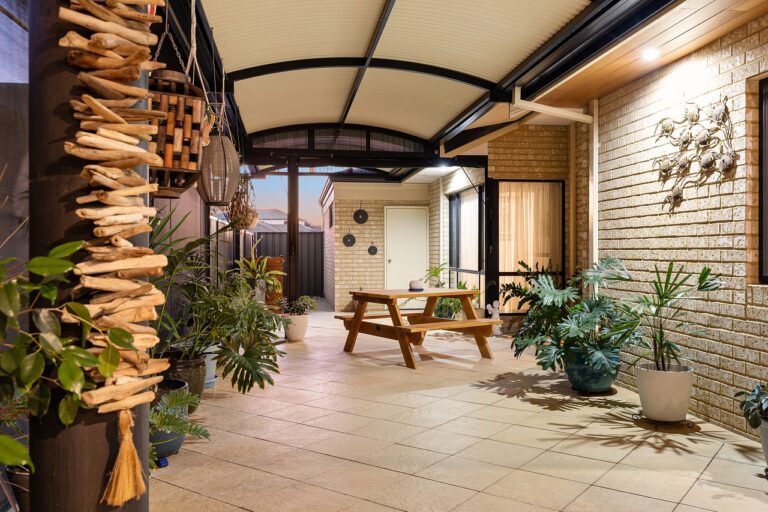DIY Concrete Countertops: A Cost-Effective Alternative for Kitchen and Bathroom Remodeling
When embarking on a DIY concrete countertop project, it is essential to gather all the necessary materials beforehand. These materials include concrete mix, water, a mixing container, a trowel, reinforcement mesh, release agent, sealer, sandpaper, and a hand grinder. Additionally, you will need protective gear like gloves, goggles, and a respirator to ensure safety during the process.
It is important to source high-quality materials to ensure the durability and longevity of your concrete countertops. Opt for a reliable concrete mix specifically designed for countertops to achieve a smooth and consistent finish. Select a release agent that will facilitate easy demolding and prevent the concrete from sticking. Investing in proper tools and equipment will help streamline the installation process and deliver professional results.
Preparing the Workspace for Concrete Countertop Installation
Before starting the concrete countertop installation process, it is crucial to carefully prepare the workspace to ensure a smooth and successful project. Begin by clearing out the area where the countertops will be placed, removing any clutter or obstructions that may hinder the process. Make sure you have ample space to move around comfortably and access all the necessary tools and materials.
Next, protect the surrounding surfaces from any potential damage or spills by covering them with drop cloths or plastic sheeting. This will prevent the concrete from staining or adhering to unintended areas and make clean-up much easier once the installation is complete. Additionally, ensure that the workspace is well-ventilated to allow for proper curing of the concrete and reduce the risk of inhaling harmful fumes. By properly preparing the workspace, you can set the stage for a successful concrete countertop installation.
Mixing and Pouring the Concrete for Countertops
For optimal results when mixing concrete for countertops, it is crucial to follow the manufacturer’s instructions carefully. Measure out the required amount of concrete mix and water, ensuring that the ratios are accurate. Consistency is key to achieving a smooth and durable finish, so mix the concrete thoroughly until it reaches a uniform and lump-free texture.
Once the concrete is properly mixed, pour it into the countertop form in small increments. Use a trowel to spread the concrete evenly and eliminate air pockets. To reinforce the strength of the countertop, consider adding a layer of wire mesh or rebar within the concrete mix. After pouring the concrete, gently tap the sides of the form to release any trapped air bubbles and ensure a flawless finish.
• For optimal results, follow manufacturer’s instructions carefully
• Measure out concrete mix and water accurately
• Mix thoroughly until uniform texture is achieved
• Pour concrete into form in small increments
• Use trowel to spread concrete evenly and eliminate air pockets
• Consider adding wire mesh or rebar for added strength
• Tap sides of form to release trapped air bubbles
What materials do I need for DIY concrete countertops?
To make DIY concrete countertops, you will need concrete mix, water, a concrete mixer, a trowel, a bucket, a mold, a vibrating table, and a sealant.
How should I prepare my workspace for concrete countertop installation?
To prepare your workspace for concrete countertop installation, make sure the area is clean and level. Cover any surfaces you don’t want to get concrete on with protective plastic or drop cloths.
How do I mix the concrete for countertops?
To mix the concrete for countertops, follow the instructions on the concrete mix packaging. Typically, you will combine the concrete mix with water in a concrete mixer and mix until smooth and lump-free.
How do I pour the concrete for countertops?
To pour the concrete for countertops, scoop the mixed concrete into the mold, spreading it evenly with a trowel. Use a vibrating table to remove air bubbles and ensure a smooth finish. Allow the concrete to cure according to the manufacturer’s instructions before sealing.







